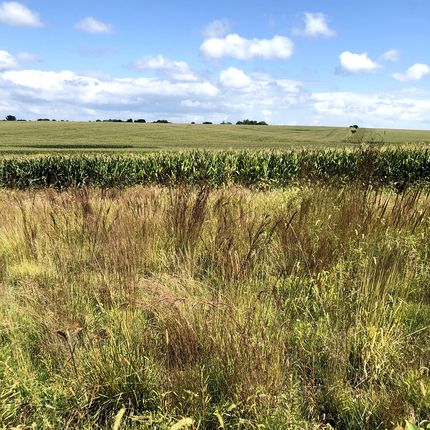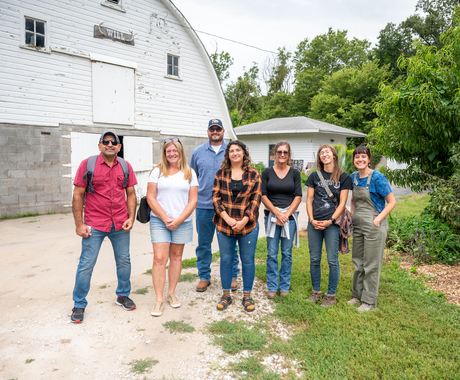Teresa Hoffman, policy communications associate, [email protected], 402.687.2100 ext. 1012
WASHINGTON, D.C. – The Center for Rural Affairs is applauding the U.S. Department of Agriculture (USDA) for its dedication to climate-smart agriculture following the agency’s announcement Monday that it plans to invest $38 million in a new program aimed at increasing cover crop acres. In addition, a key change to the Conservation Stewardship Program (CSP) was announced.
“Investments of this size are important for building climate resiliency in agriculture,” said Kayla Bergman, senior policy associate for the Center. “We know that producers are eager to implement conservation measures to improve their on-farm financial and natural resources; and often look to USDA to support those efforts.”
In outlining the USDA’s plan, Secretary of Agriculture Tom Vilsack said the goal is to increase the cover crop acres in the U.S. to 30 million by 2030, which is double the current amount. To assist in achieving the goal, a new cover crop initiative was announced as part of the Environmental Quality Incentives Program (EQIP). This program is focused in 11 states, including Iowa and South Dakota.
According to state-level agency representatives, the program will be focused on areas within each state that have high volumes of applications for the existing cover crop financial assistance programs.
“Cover crops are an important tool to address numerous economic and natural resource concerns, including building soil health over the long term and improving water quality,” Bergman said. “In order for producers to offset the initial cost of implementing this practice and reap the long-term economic and natural resource benefits, it is important they have financial assistance programs like this one to lean on.”
Bergman commends the added flexibility for producers wanting to re-enroll in CSP, one of the flagship working lands conservation programs at USDA-Natural Resource Conservation Service (NRCS).
Up to this point, if a producer did not apply to renew their CSP contract the same year their existing contract expired, they would have to wait two years before applying to re-enroll. This ineligibility was regardless of whether a renewal application was rejected due to lack of funding on USDA-NRCS’s part.
“We know that only 47% of CSP renewal applications were funded in 2020 alone,” Bergman said. “This removal of the two-year waiting period for producers wanting to re-enroll will eliminate a gap in financial assistance for many.”





